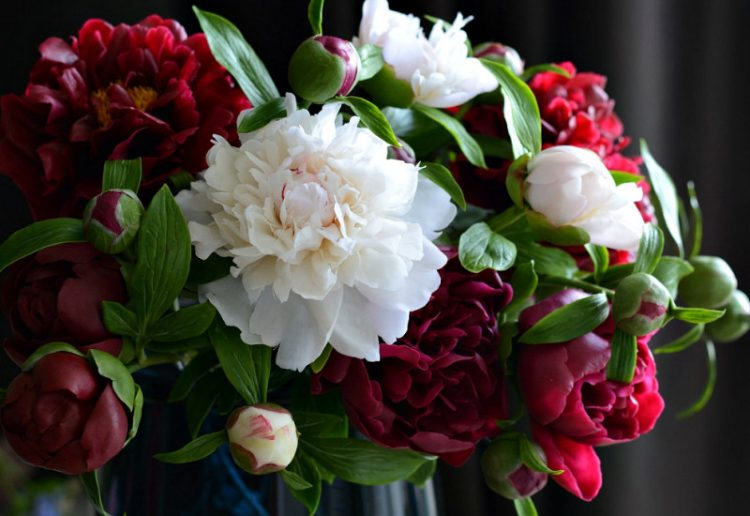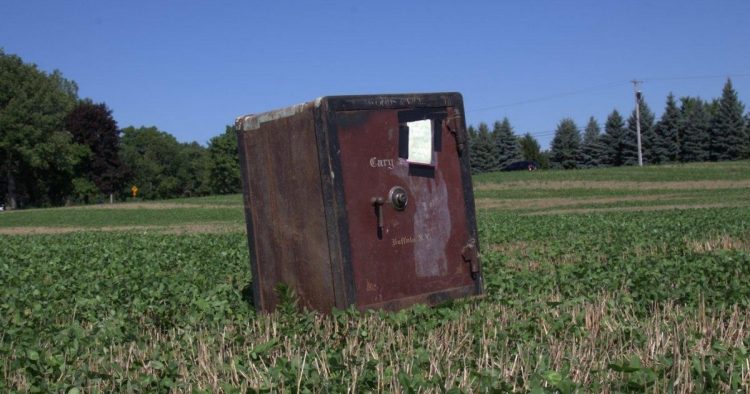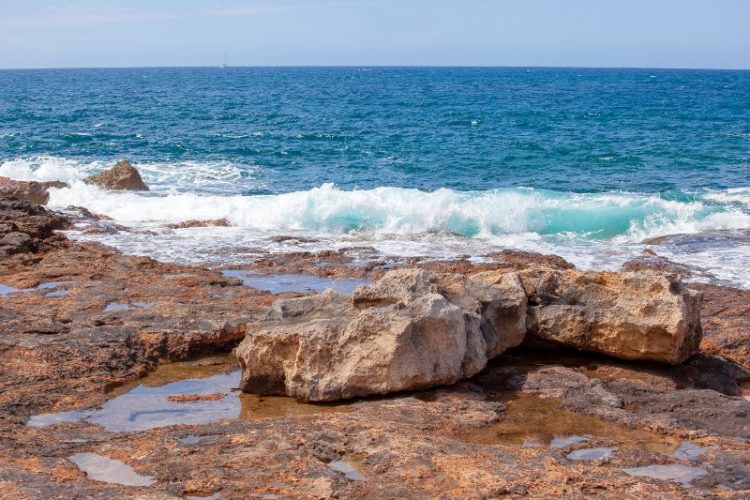While most Instagram users strive to take the most stunning photos possible to impress their friends and followers, one man has been using the popular social network to post snaps of his forehead…
Georgios Schieich, a 25-year old Greek man living in Malta, has one of the most intriguing profiles on Instagram. That’s not because he posts the most impressive photos, but because the vast majority of his pics are of his forehead or parts of it. I’m pretty sure Georgios’ is not the only offbeat Instagram page out there, but what’re really surprising is that he’s been at it for six years and has no intention of stopping until he hits the 10 year mark, at least.





















